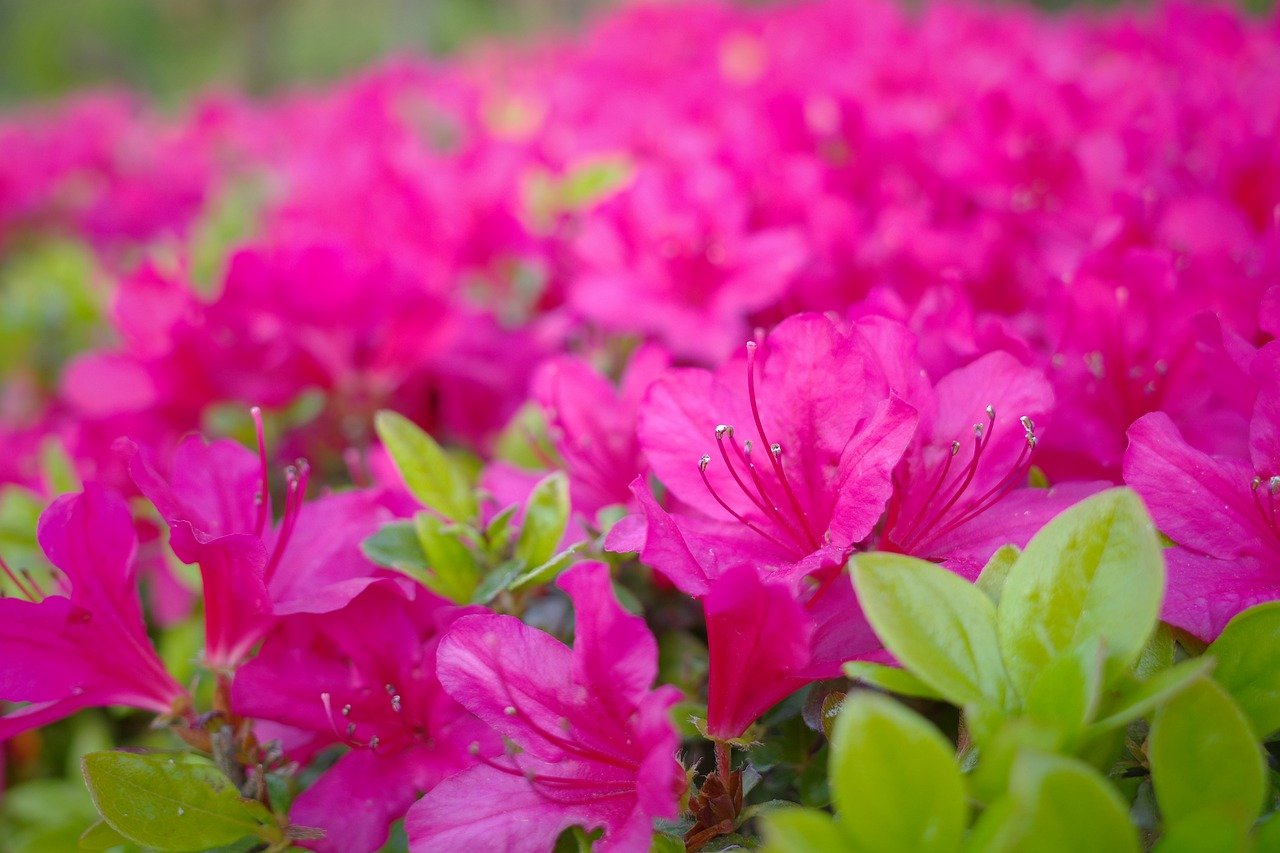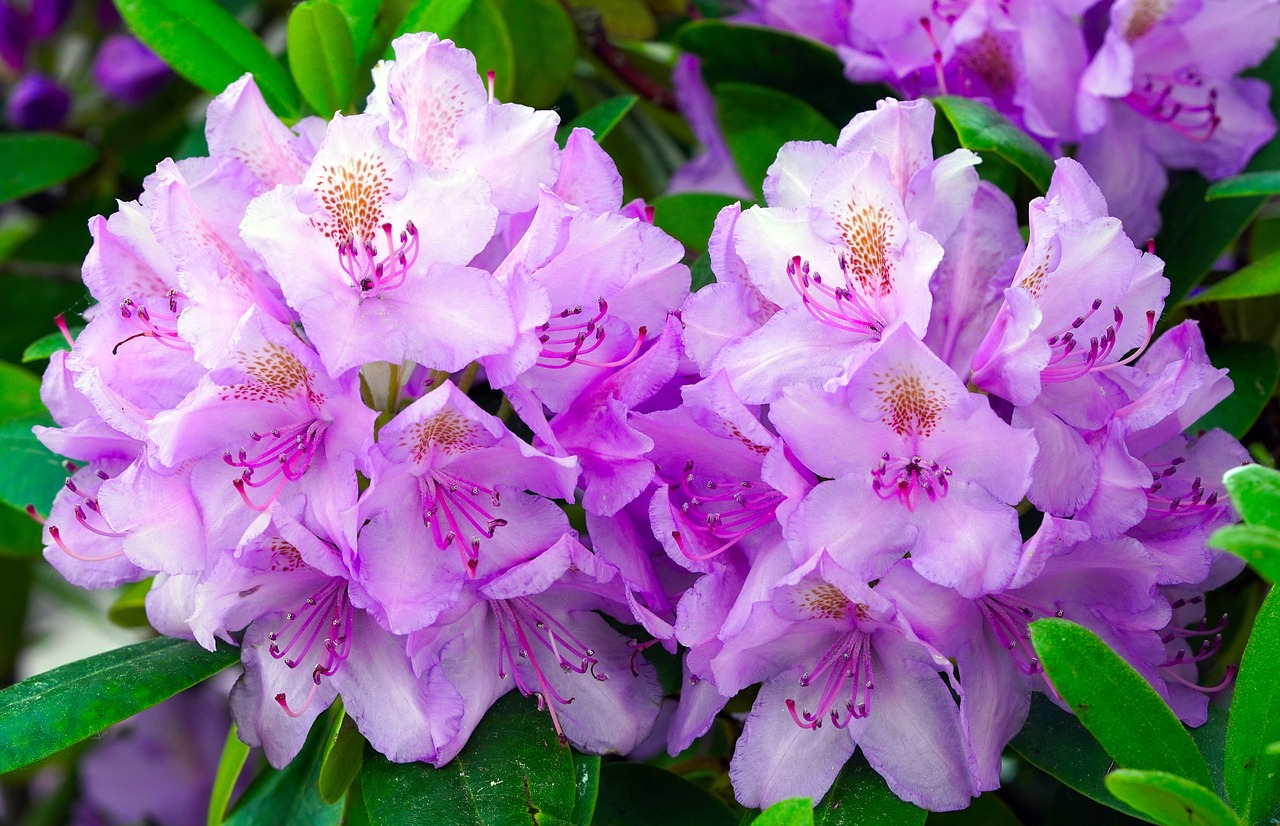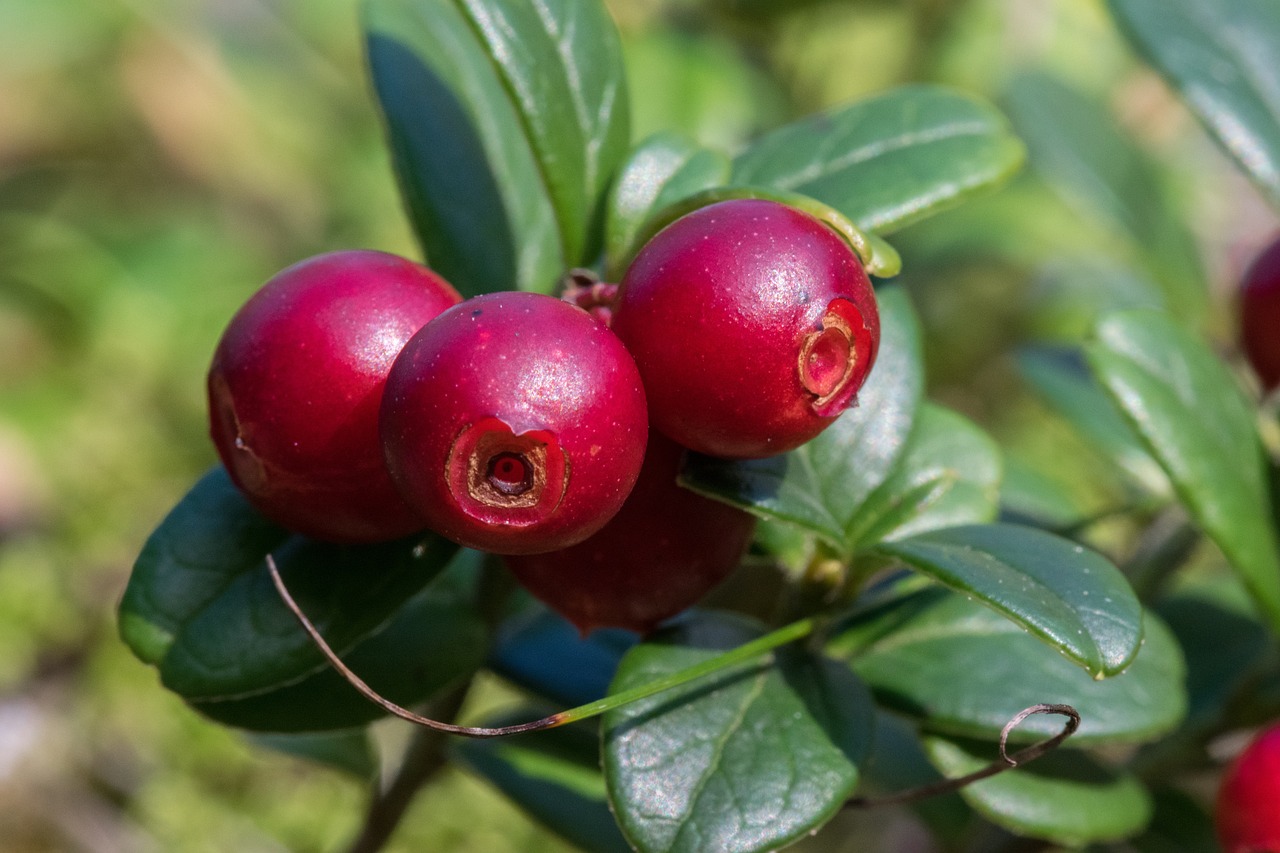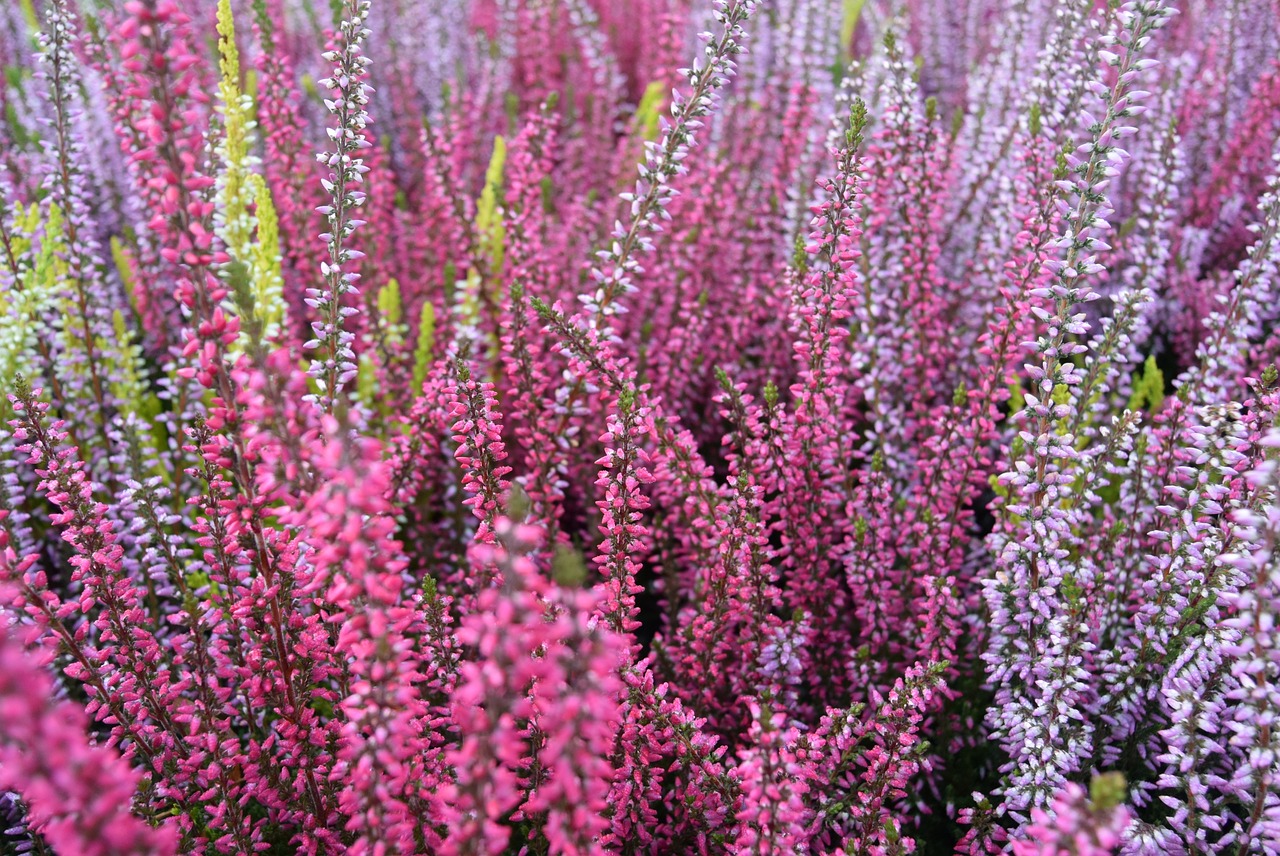Pieris japonica | An Evergreen Shrub that Graced Sacred Sites in Japan since Ancient Times
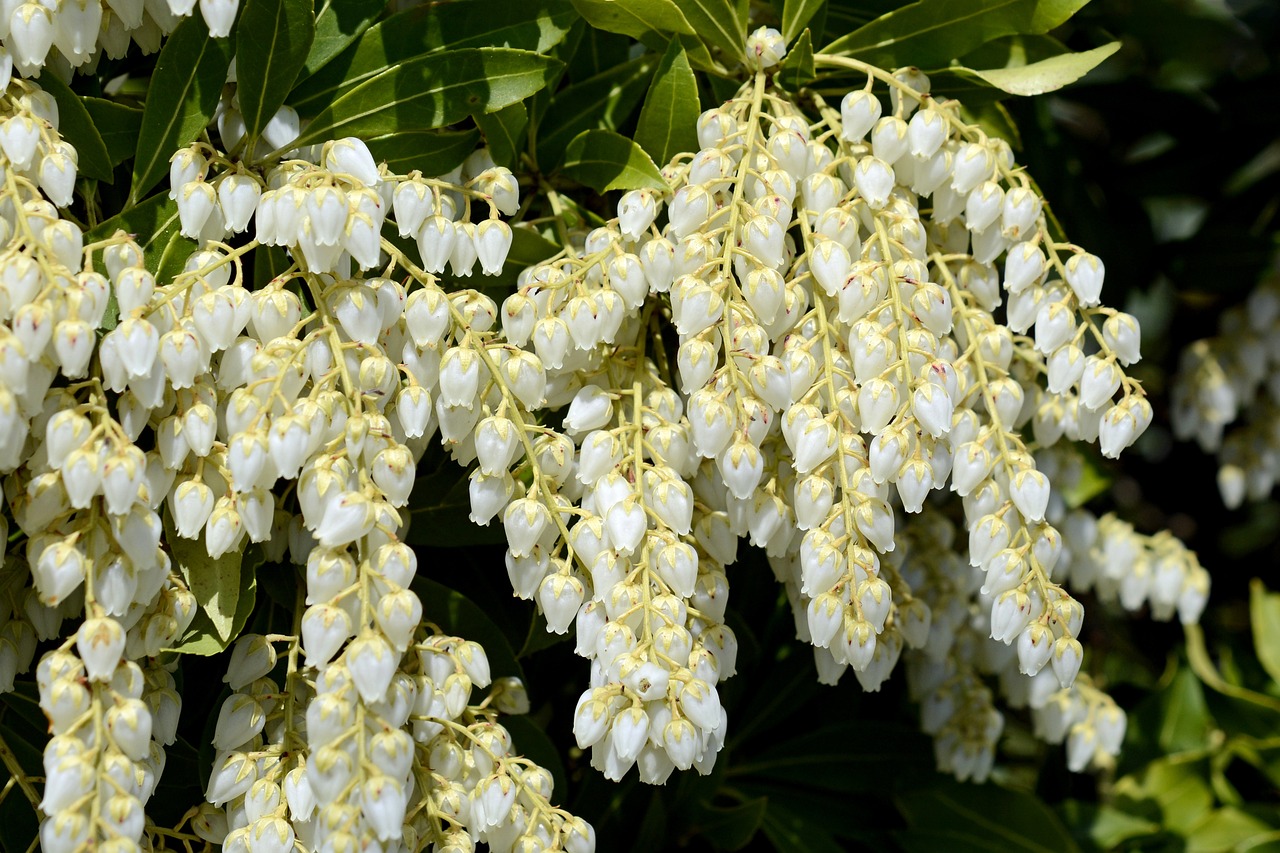
Pieris japonica, commonly known as Japanese andromeda, is an evergreen shrub that produces clusters of delicate, bell-shaped white flowers. In Japan, it has long been planted in gardens and within shrine precincts, where it has contributed to serene and refined landscapes.
In this article, I will explain the essential information about Pieris japonica, its cultural and historical background, and practical tips for cultivation.
Basic Information
- Scientific name: Pieris japonica
- Family: Ericaceae
- Origin: Japan, China, Korea
- Appearance: This evergreen shrub grows to a height of about 1–3 meters. Its leaves are glossy dark green. In spring, elegant clusters of bell-shaped flowers, white or pale pink, hang gracefully and create a refined atmosphere.
- Flowering season: February–April
Cultural Characteristics around the World
In Japan, Pieris japonica holds a special significance in garden culture and in the decoration of shrines and temples.
It is valued in Japanese gardens for its evergreen beauty and its spring blossoms, which enrich seasonal scenery. Its name, pronounced ashibi or asebi in Japanese, also appears in classical literature such as the Manyoshu.
In China, beyond its use as a garden plant, it has also been appreciated in literature and the arts for its delicate beauty.
In Europe, it is widely cultivated as an elegant ornamental plant under the name “Japanese andromeda.”
Historical Episodes
The history of Pieris japonica is deeply rooted in Japanese culture.
Because its leaves and branches are toxic, it was once planted around shrines or pastures to protect cattle and horses. This toxicity gave rise to many traditions, and the plant came to symbolize sacredness and caution.
In the Heian period, its presence was celebrated in poetry and literature as a symbol of Japanese aesthetics.
During the Edo period, it was cultivated widely for ornamental purposes, and selective breeding led to the diverse forms seen today in gardens and parks.
Gardening Advice
Pieris japonica is hardy and relatively easy to grow, but it thrives best under certain conditions. Proper care allows one to fully enjoy its beauty.
Sunlight
Prefers partial shade to full sun. Protect from harsh summer sunlight to avoid leaf scorch.
Watering
Young plants need regular watering when the soil surface dries. Mature plants tolerate dryness better but should not be left in extreme drought.
Soil
Prefers acidic soil. Use azalea soil or peat moss mixed soil with good drainage.
Fertilizer
Apply fertilizer suitable for acidic soil in spring and autumn. Use sparingly to avoid fertilizer burn.
Pruning
Prune after flowering to remove unnecessary branches and shape the plant. Good air circulation helps prevent pests and diseases.
Conclusion
Pieris japonica is an attractive shrub that combines graceful spring flowers with evergreen foliage that can be enjoyed year-round.
Incorporating it into a Japanese-style or natural garden design will create a serene and refined atmosphere. I encourage you to cultivate Pieris japonica and appreciate its seasonal beauty throughout the year.


